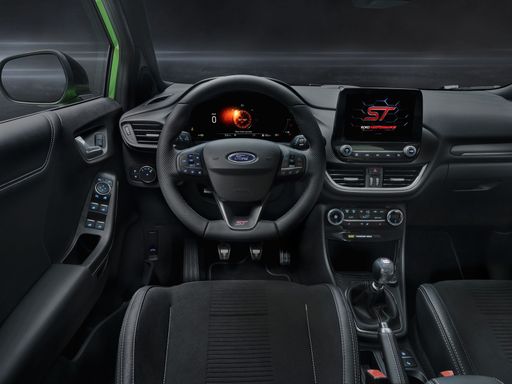Battle of Innovators: Ford Puma vs. BYD Dolphin Surf
As the automotive industry shifts gears toward sustainability and tech-savvy innovations, the Ford Puma and BYD Dolphin Surf stand at the forefront of this electrifying evolution. Both vehicles bring unique features and compelling performances to the eco-friendly auto market. Let's dive into the technical marvels and innovative aspects these contenders bring to the road.




